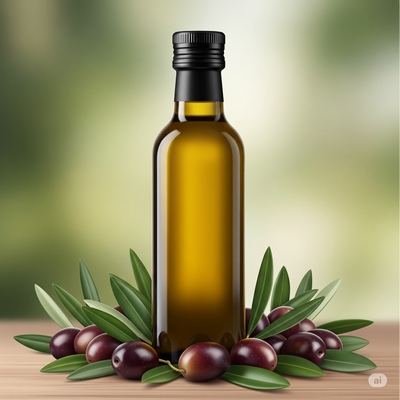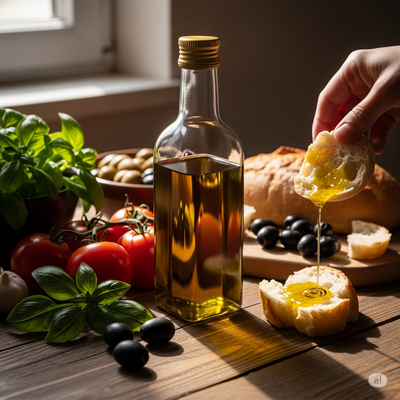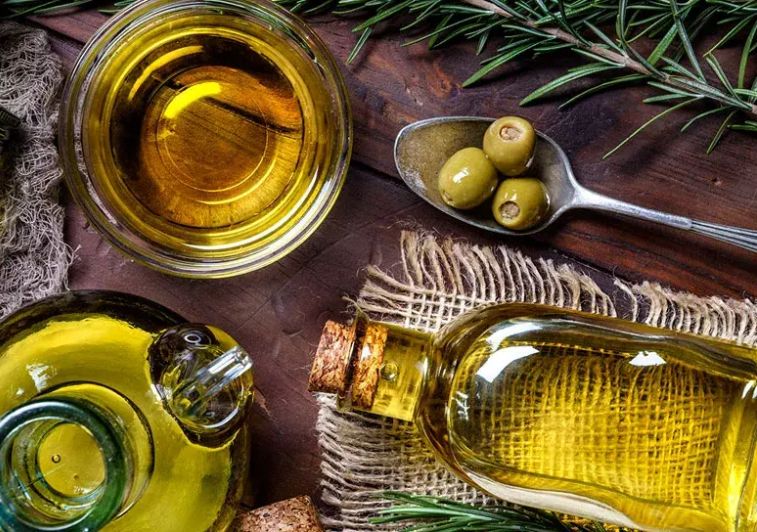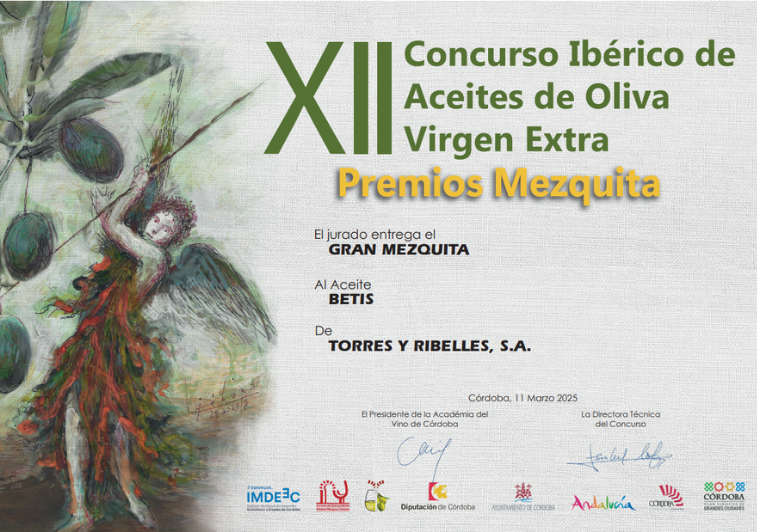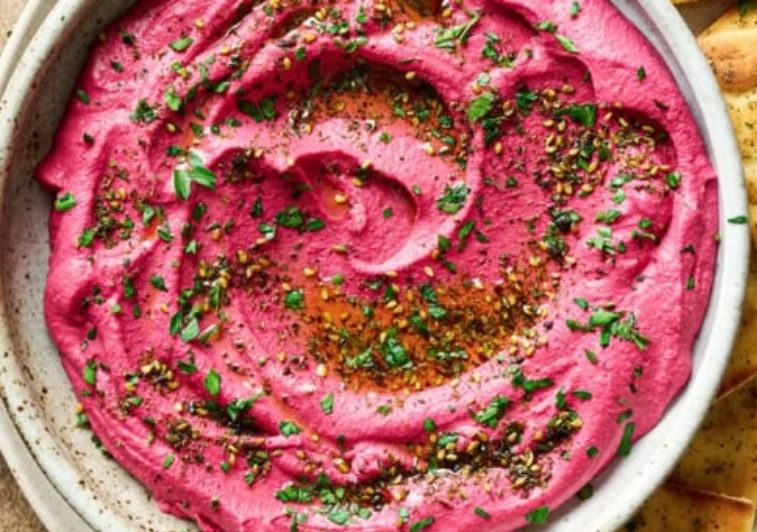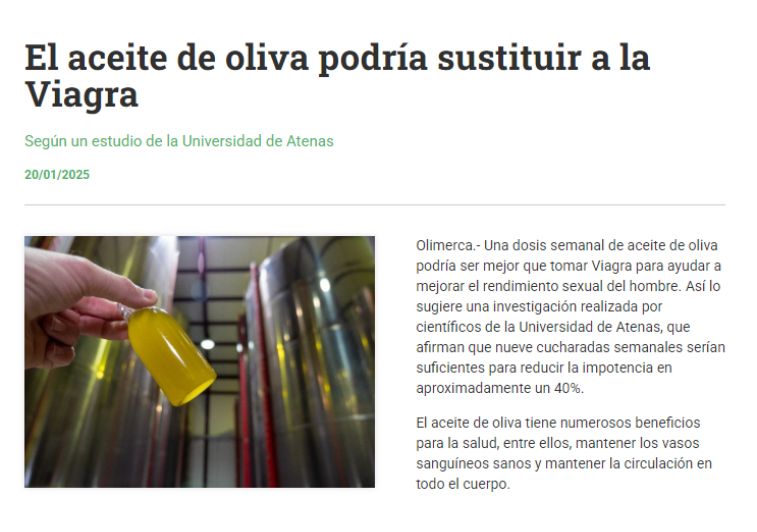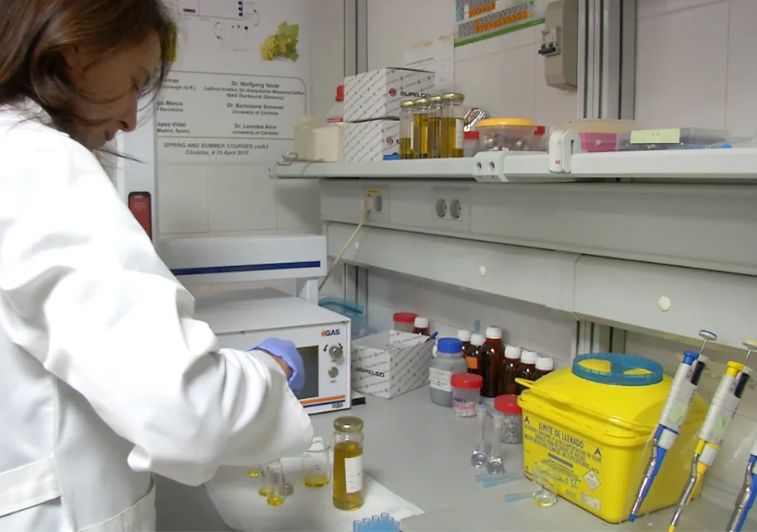FALSE MYTHS ABOUT THE EXTRA VIRGIN OLIVE OIL - PART II

We dismantle
widespread and erroneous beliefs about the world's healthiest vegetable fat
with the invaluable help of the prestigious EVOOLEUM World's TOP100 Extra
Virgin Olive Oils Guide.
6 - Most people know what an AOVE is.
FALSE.
The average citizen, in general, does not have much idea about what an AOVE is,
an acronym for extra virgin olive oil, the highest quality of an olive oil, as
shown by recent studies such as that carried out in 2014 by AEMO and Mercacei,
which threw alarming conclusions about the (un)knowledge of the product. In
fact, some chefs don't know much about this product either, which is certainly
worrying. Well, AOVE is the highest category olive oil obtained directly from
olives and only by mechanical means. Its acidity, expressed as oleic acid, does
not exceed 0.8º and it is an authentic olive juice without defects, that is,
with absolutely impeccable organoleptic characteristics. It is also one of the
commercial categories of olive oils at the disposal of the consumer -together
with olive pomace oil, olive oil and virgin oil (AOV)- and the one that brings
the most healthy and nutritional benefits to the organism.
7 - It is not necessary to pay more for a good oil...
FALSE.
And why do you pay so much for a good whisky or cognac, or for a premium gin
and tonic? Among other things, because it is worth it. Premium AOVEs reach this
price because they are high quality early harvest and limited edition oils,
where performance is sacrificed for the sake of obtaining maximum quality. And
apart from the excellent quality of the content, you also pay for the
continent, the packaging, that is, the way in which this extra virgin is
dressed, which has nothing to do with what can be found on the shelves of a
supermarket, for example. The rest is brand positioning and marketing, a lot of
marketing.
8 - AOVE - in contrast to a good wine - does not go together...
FALSE.
Each type of oil marries better with certain foods. For example, Monini Monocultivar
Coratina, the absolute winner of EVOOLEUM 2018, combines perfectly with red
meats, salads and vegetables. The hojiblanco Rincón de la Subbética, with the
same score, adds the blue fish; and the picual Oro Bailén Reserva Familiar,
also with 96 points, pairs especially with white fish, poultry and salads. The
best way to always get it right is to consult the EVOOLEUM World's TOP100 Extra
Virgin Olive Oils Guide or the app, available on Android and iOs.
9 - Olive oil has more calories than butter...
FALSE.
Olive oil provides 9 kcal. per gram, the same as butter. But, as the friends of
La Pontezuela, a company dedicated to the production and marketing of high
quality extra virgin olive oil, warn, if we have to choose between olive oil or
butter, we must bear in mind that one of the main differences lies in the
quality of the fat. Butter contains more saturated fatty acids (about 70%) and
that makes it less beneficial to health. Fatty acids are related to increased
blood cholesterol levels, which can lead to an increased risk of developing
cardiovascular disease. Olive oil contains only 10-15% saturated fatty acids.
The rest of its components are oleic acid (omega 9) in 50-82%, depending on the
type of olive oil; linoleic acid (omega 6) in 4-18%; and less than 1% linolenic
acid (omega 3). These acids help combat cholesterol, which together with the
presence of vitamin E (which has antioxidant properties), makes it considered
that the use of olive oil in the kitchen is healthier. Another of the
differences between olive oil and butter is precisely its behaviour in the
kitchen when exposed to high temperatures. When heated they undergo chemical
changes in their composition that can form compounds harmful to our health.
Some fats are more resistant to these changes than others, such as olive oil.
Their smoke point (the temperature at which they smoke and the chemical
decomposition begins) is 210º C, while that of butter is 110º C. The smoke
point (the temperature at which they smoke and the chemical decomposition
begins) is 210º C, while that of butter is 110º C. If we take into account that
the average temperature for frying a food is 180 º C, we can see why it is
better to use olive oil than butter.
Continuing with the
differences, another important is its origin. Butter is an animal fat that has
a worse lipid profile than vegetable fats, such as olive oil, so the latter are
more beneficial. Finally, another difference is that butter, as a derivative of
milk, is not recommended for people with lactose intolerance, while olive oil
is not known contraindications. In addition, olive oil is a fat better
tolerated by the stomach, enhances the properties of the liver and increases
pancreatic secretion, so its use in the kitchen, both when frying and when
dressing dishes, is highly recommended.
10 - First cold pressure is the same as cold extraction.
FALSE.
The first cold pressing is an old-fashioned concept but it is still used as if
it were a mantra. Before the continuous manufacturing systems that are currently
used in most mills appeared, the only olive oil extraction system was that of
presses (hydraulic pressing). After each harvest, the olives were deposited in
stone mills or in beam presses that squeezed the fruits to obtain from them all
their juice. The first juice that was extracted, directly from the olive in
cold (first pressed), was of greater quality than those that were obtained in
later pressed. Nowadays, in the elaboration of extra virgin olive oil, cold
extraction is used by means of centrifugal machines at a temperature lower than
27º C, a system that guarantees maximum quality by preserving intact all the
organoleptic and nutritional properties of the olive juice.
Source: Mecacei

 United States
(English)
United States
(English) Spanish
(Español)
Spanish
(Español) Chine
Chine